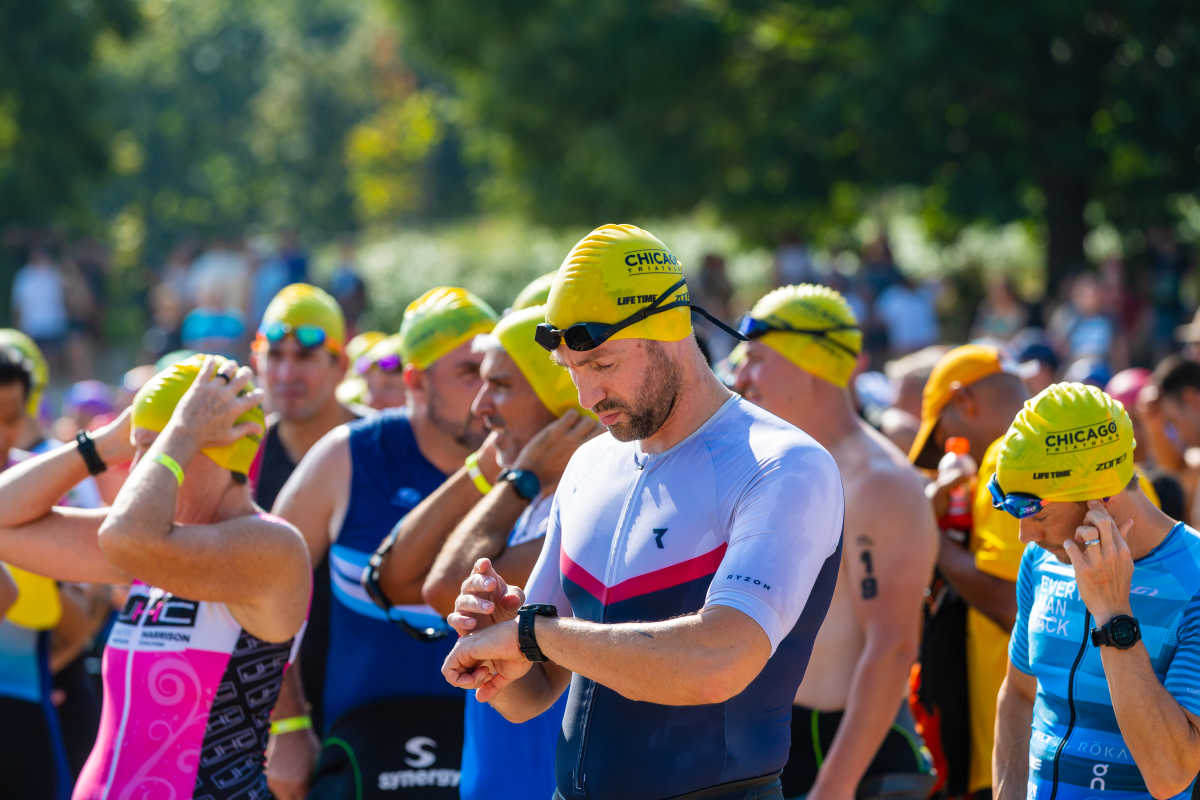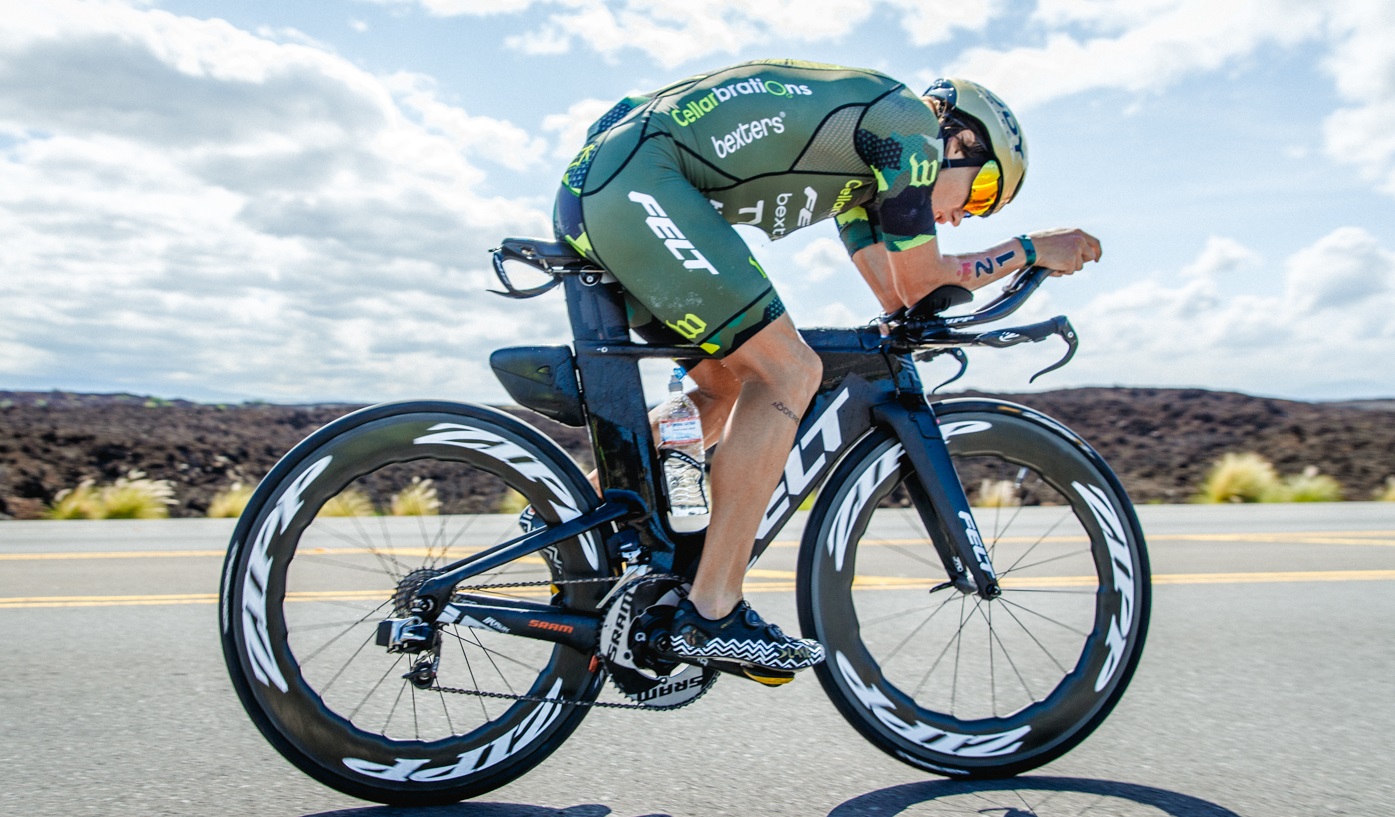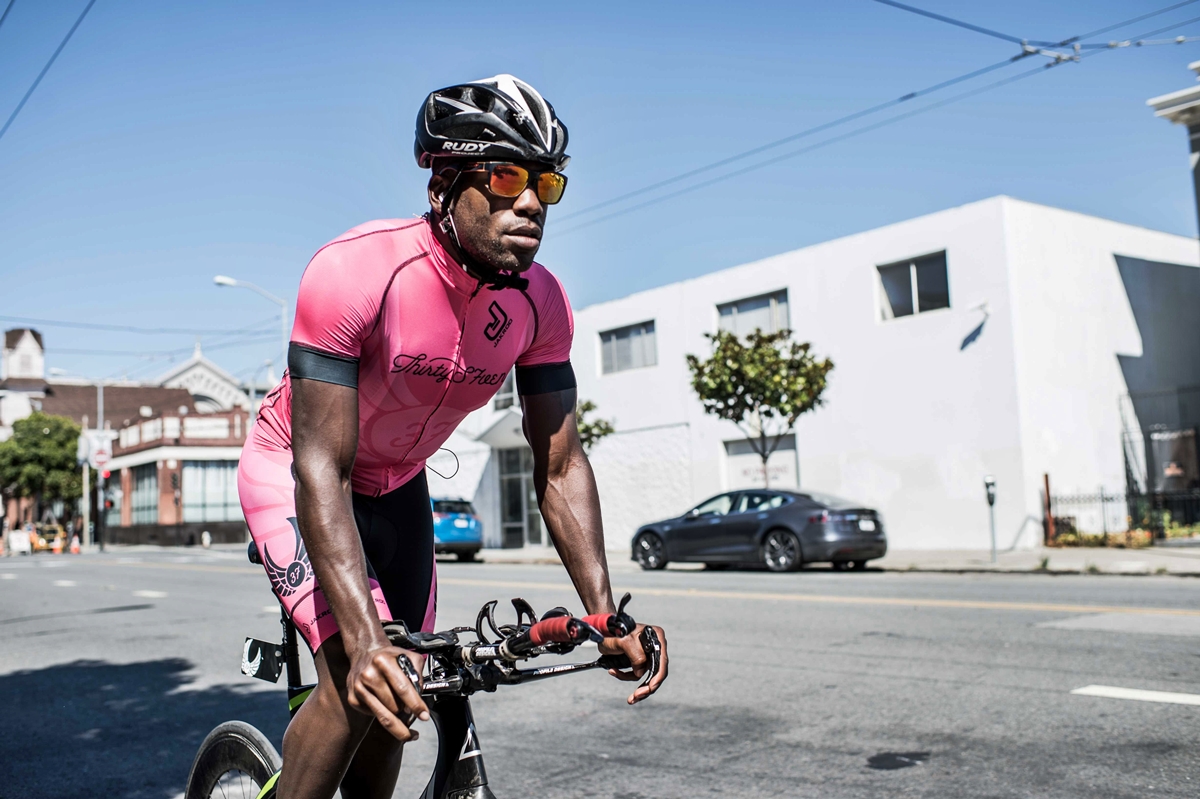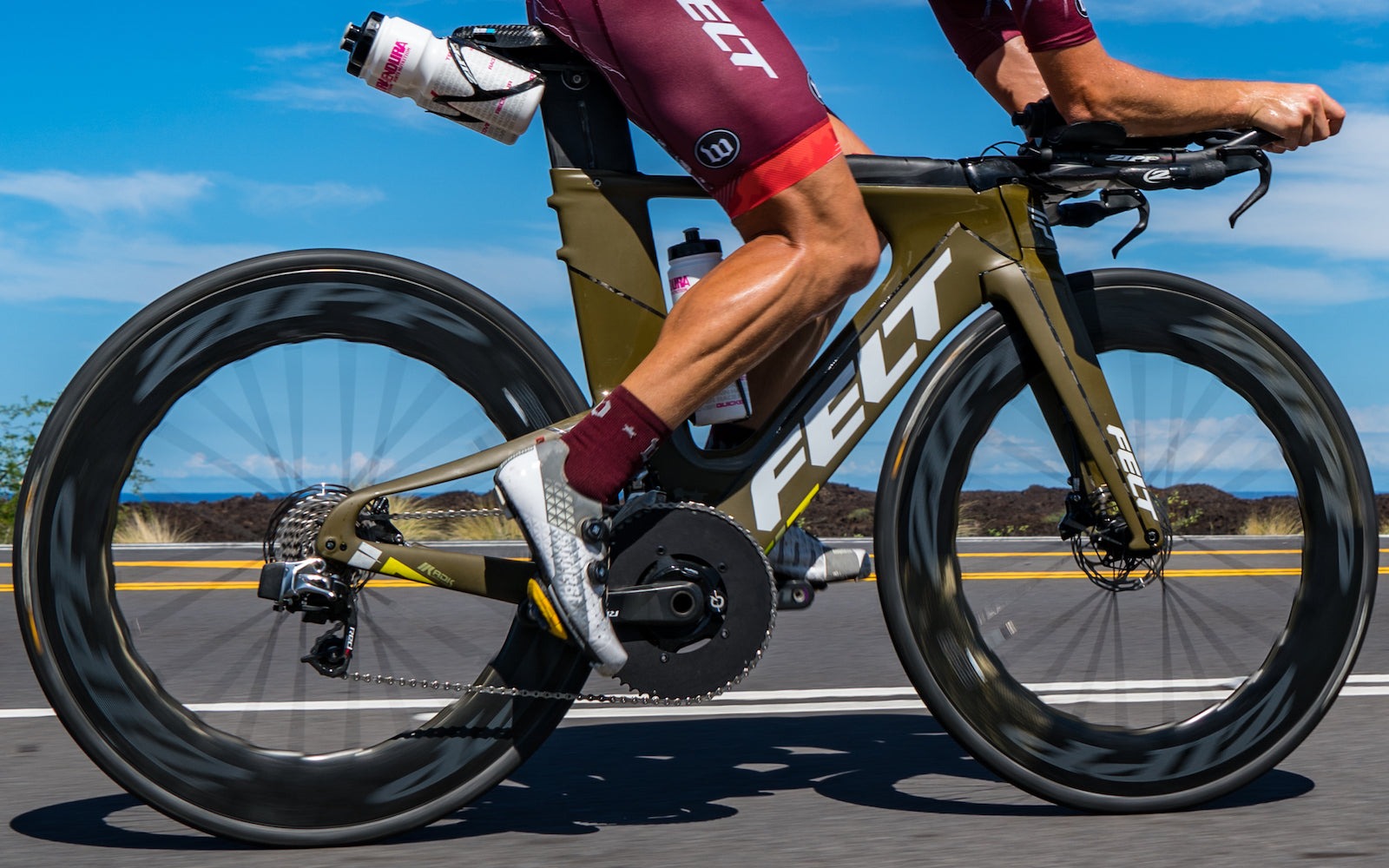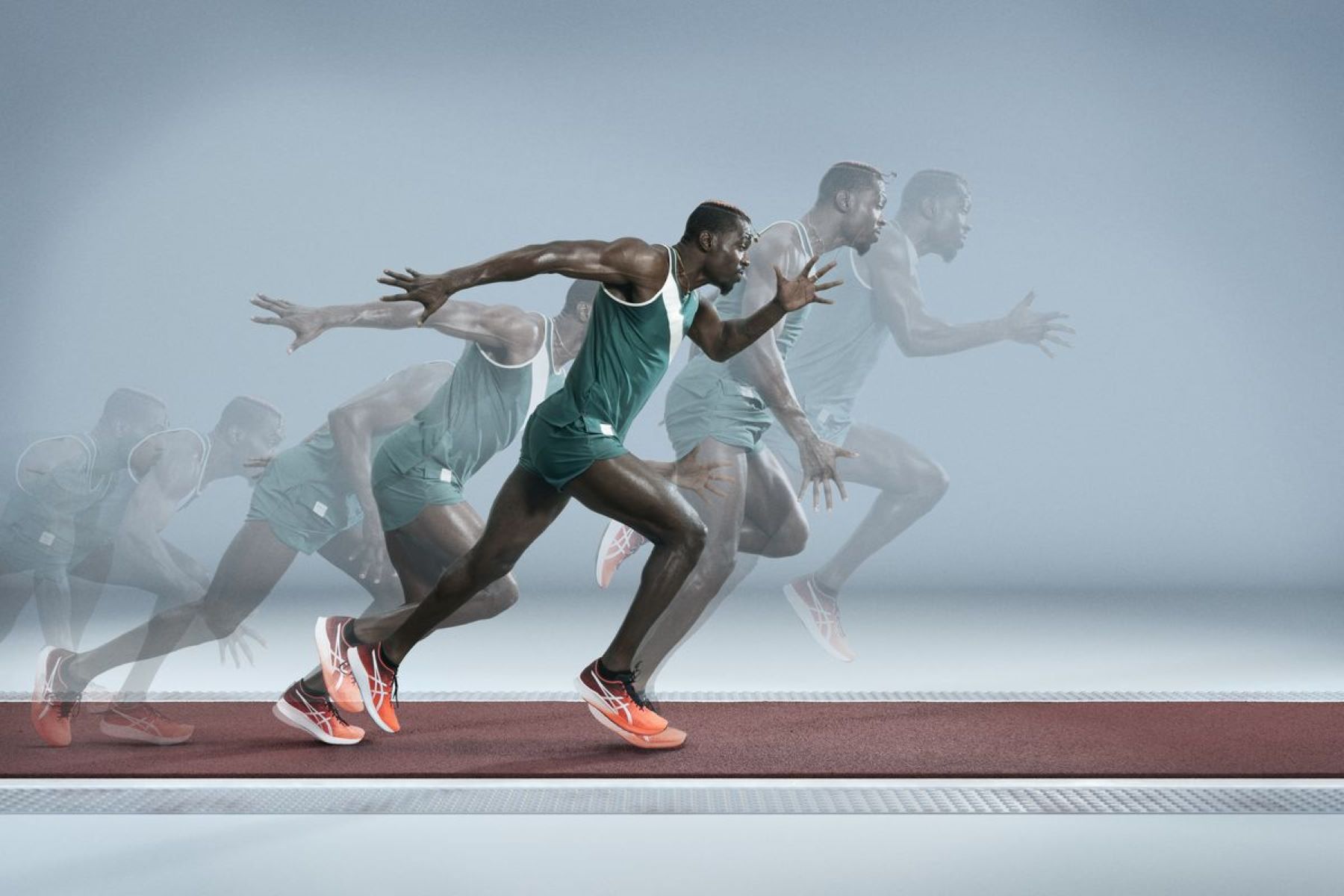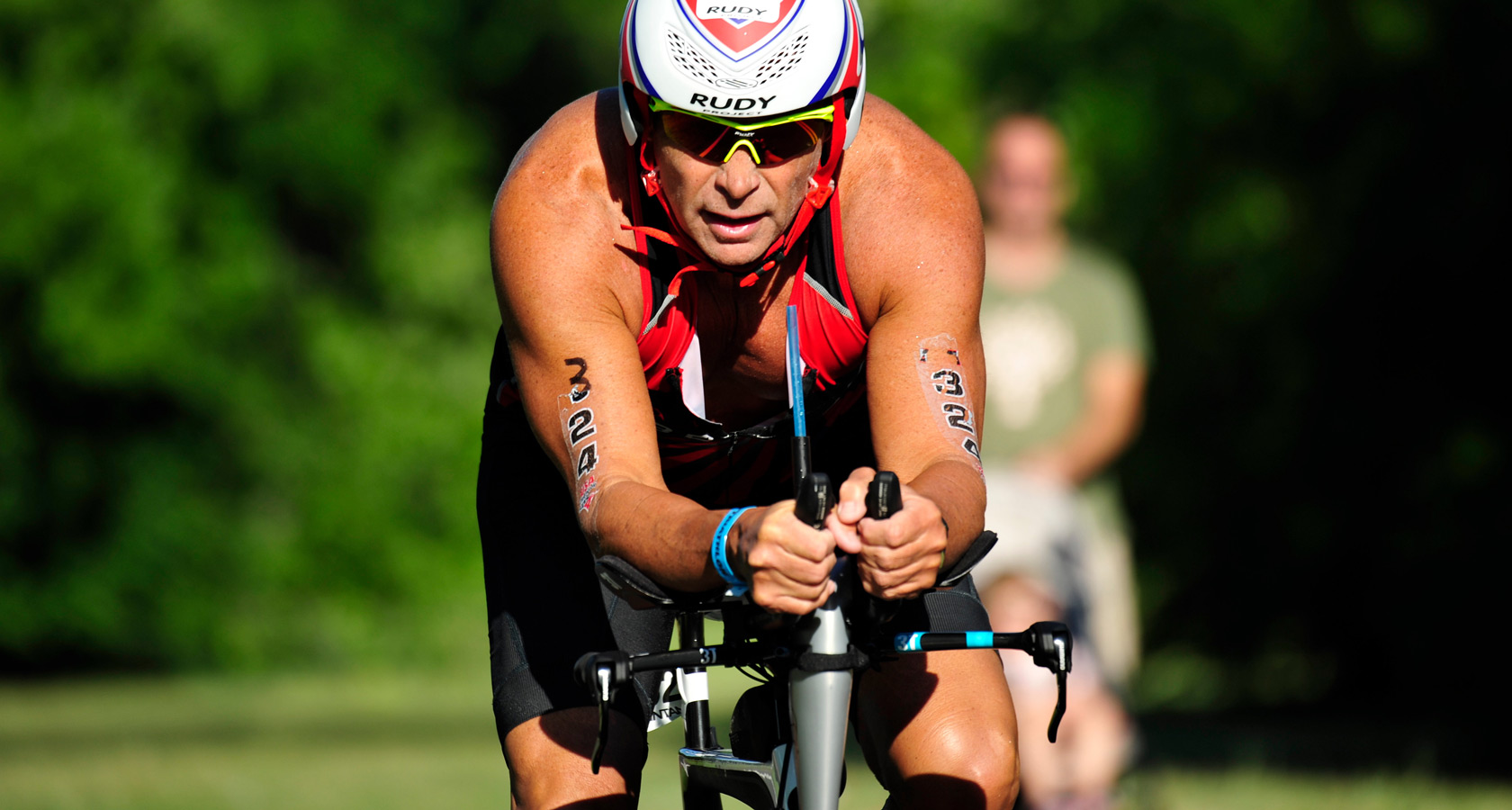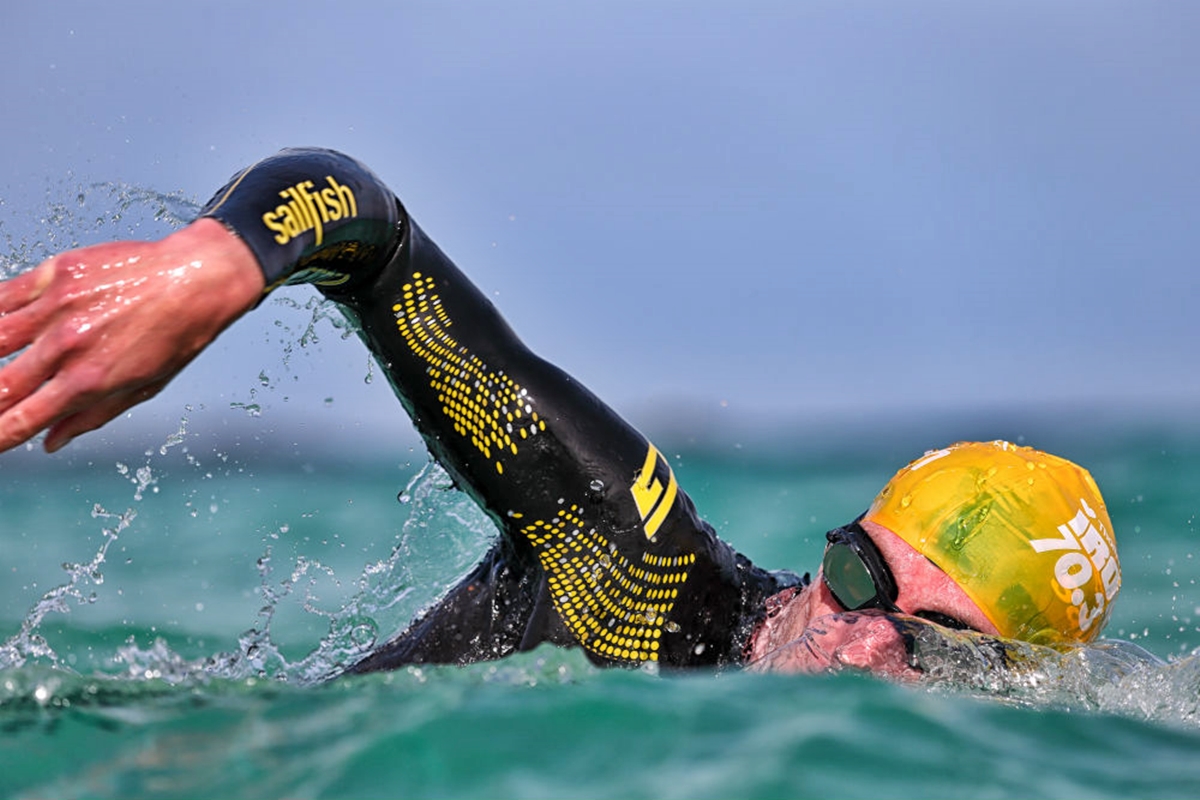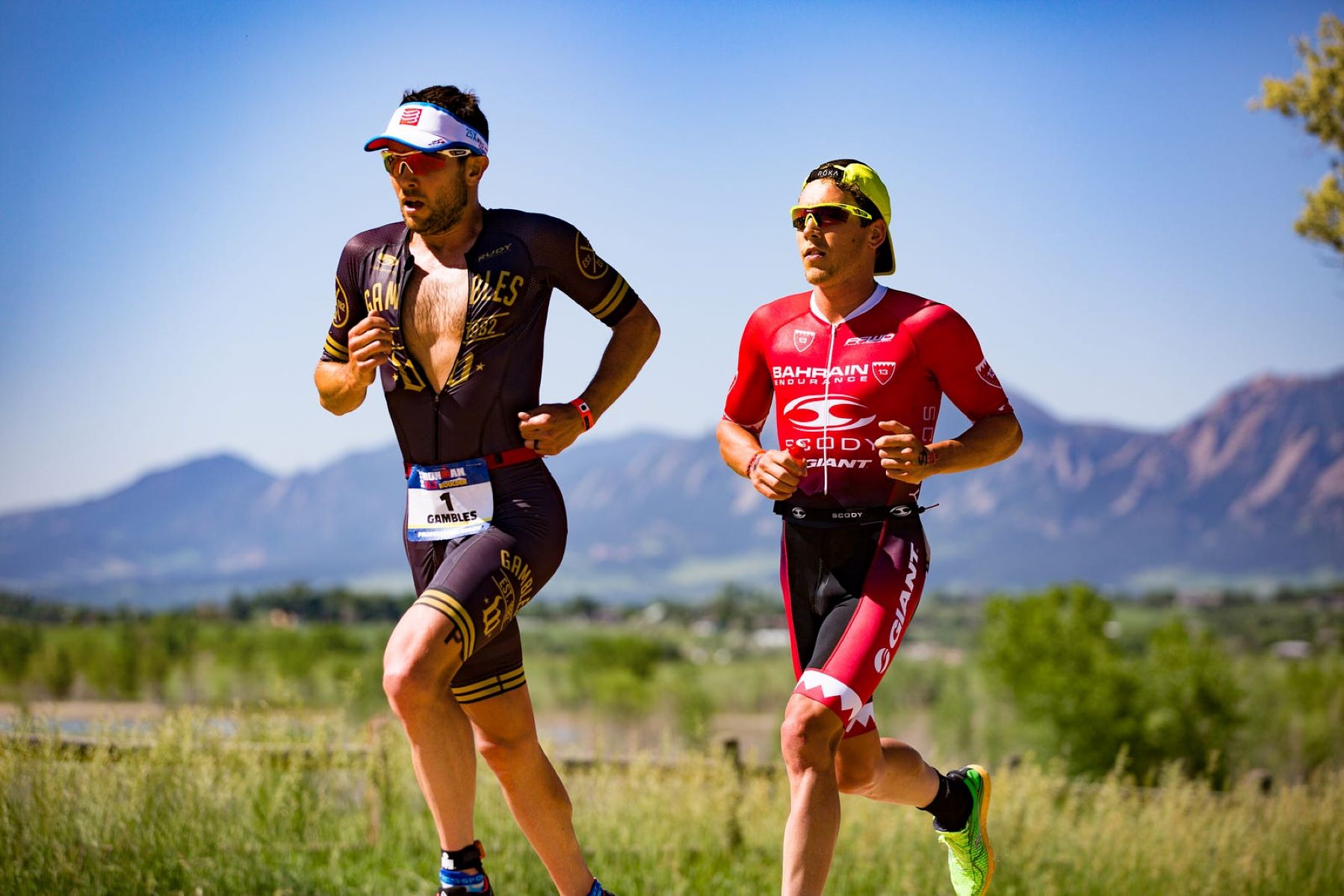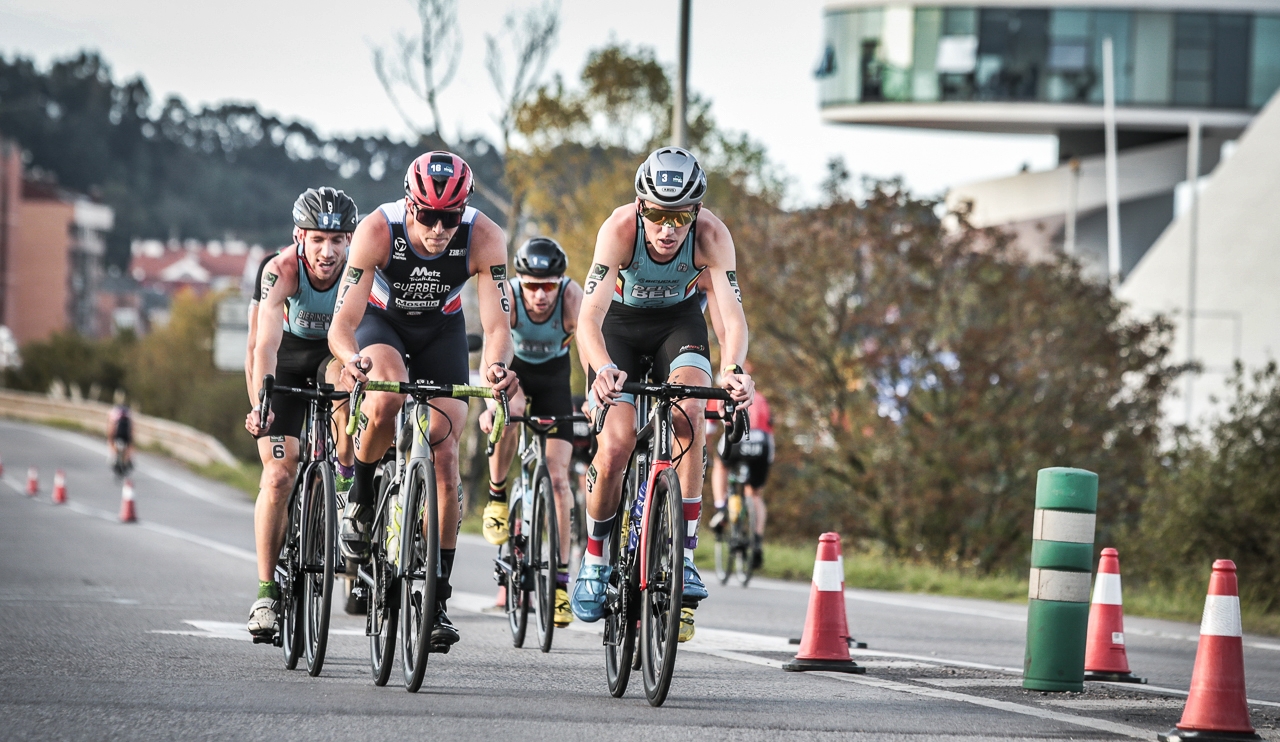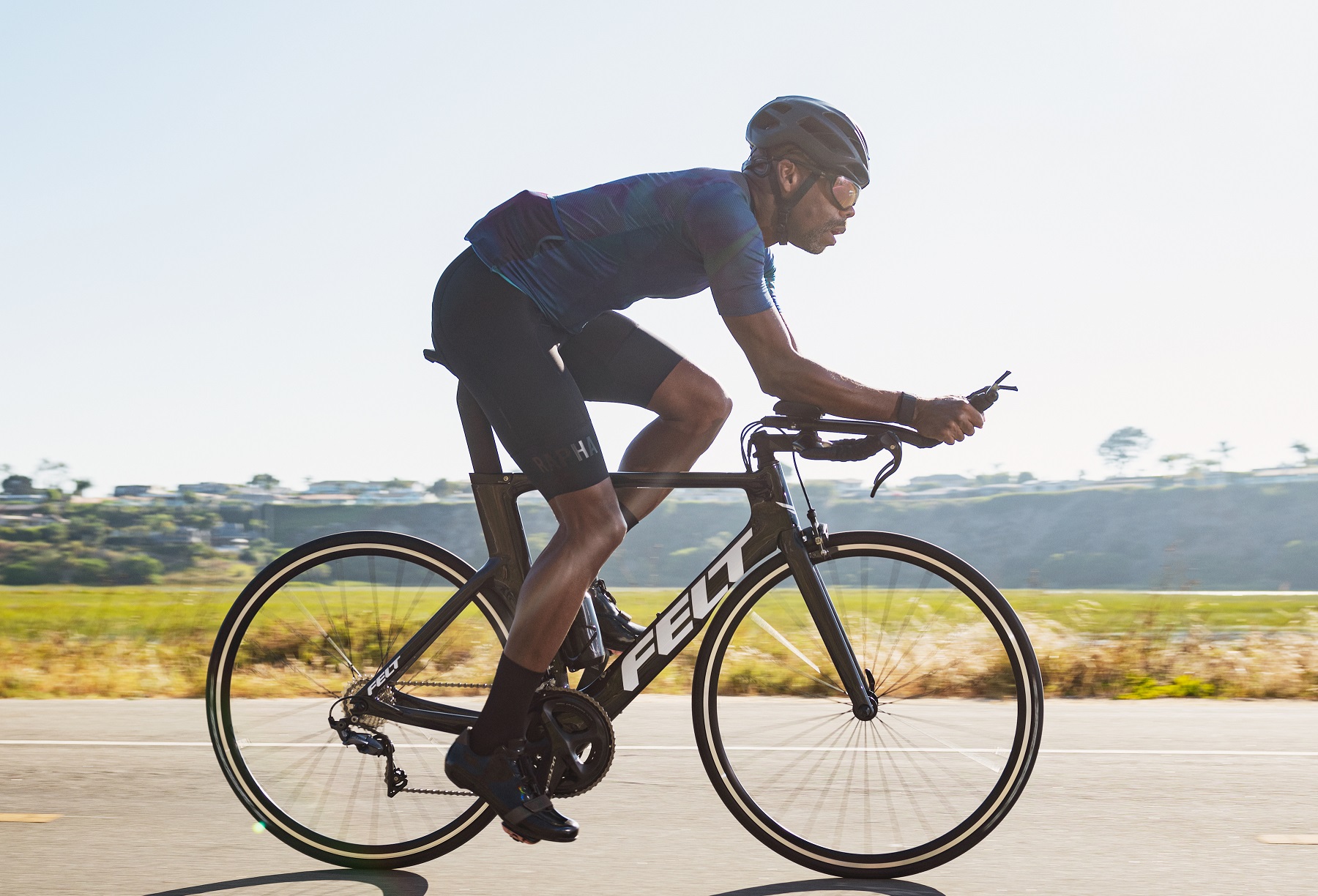

Featured
What Type Of Bike For Beginner Triathlon
Modified: January 2, 2024
Looking to get into triathlons? Discover the best type of bike for beginners in this featured guide, designed to help you start your triathlon journey on the right track.
Introduction
So, you’ve decided to take on the challenge of a beginner triathlon. Congratulations! Triathlons are a fantastic way to test your endurance, push your limits, and immerse yourself in a supportive and competitive community. As you embark on your journey into the world of triathlons, one of the most important decisions you’ll need to make is choosing the right bike.
The bike leg of a triathlon is typically the longest and can significantly impact your overall performance. With a wide variety of bikes to choose from, it’s crucial to select one that suits your skill level, body type, and race goals. In this article, we’ll explore the different types of bikes available for beginner triathletes, helping you make an informed decision and set yourself up for success.
When considering which type of bike to choose, several factors come into play, such as comfort, aerodynamics, weight, and versatility. It’s important to remember that each type of bike has its strengths and weaknesses, and what works for one person may not work for another. Assessing your physical abilities, training goals, and preferences will help you narrow down the options.
In the following sections, we’ll delve into the specific types of bikes commonly used in beginner triathlons: road bikes, triathlon bikes, hybrid bikes, and mountain bikes. We’ll discuss the unique features of each type, the benefits they offer, and the ideal scenarios in which they excel. By familiarizing yourself with these options, you’ll be better equipped to choose the perfect bike for your needs.
Factors to Consider When Choosing a Bike for Beginner Triathlon
Before diving into the specifics of different bike types, it’s important to understand the key factors to consider when choosing a bike for your beginner triathlon. While personal preferences may vary, here are a few essential factors to keep in mind:
- Level of experience: Consider your experience level as a cyclist. If you’re new to cycling, you may benefit from a bike that offers stability, comfort, and ease of handling. On the other hand, if you have some cycling experience, you may be more comfortable with a bike that offers more speed and agility.
- Budget: Determine your budget for a bike purchase. Triathlon-specific bikes tend to be more expensive than other types, so it’s essential to have a clear idea of what you’re willing to spend. Keep in mind that investing in a quality bike can enhance your overall performance and enjoyment.
- Body type and fit: Consider your body type and ensure that the bike you choose provides the right fit. Factors such as frame size, handlebar reach, and saddle position can greatly impact your comfort and efficiency during races. It’s advisable to get a professional bike fit to ensure optimal performance and reduce the risk of injury.
- Course terrain: Evaluate the terrain of the triathlon courses you plan to participate in. If the courses involve hilly or off-road sections, a bike with wider tires and better suspension may be more suitable. For predominantly flat road courses, a sleeker, more aerodynamic bike may be the better choice.
- Future goals: Consider your long-term triathlon goals. If you’re committed to advancing in the sport and participating in longer distance triathlons, such as Ironman events, investing in a higher-end bike may be worth considering. However, if you’re uncertain about your future commitment or prefer to explore other types of cycling, a more versatile bike may be a better option.
By carefully considering these factors, you can narrow down your options and find a bike that best suits your needs. Remember, the perfect bike for your beginner triathlon is the one that provides you with comfort, confidence, and allows you to reach your full potential on race day.
Road Bikes for Beginner Triathlon
Road bikes are a popular choice for beginner triathletes due to their versatility, comfort, and aerodynamic design. These bikes are designed for speed and efficiency on paved roads, making them ideal for triathlon events held on well-maintained surfaces. Here are some key features and benefits of road bikes:
- Aerodynamics: Road bikes are designed with aerodynamics in mind, featuring sleek frames, narrow tires, and drop handlebars. This design allows you to cut through the wind more efficiently, reducing drag and enhancing speed.
- Lightweight: Road bikes tend to be lighter in weight compared to other types of bikes, making them easier to maneuver, especially during climbing or sprinting portions of a triathlon.
- Comfortable riding position: Road bikes typically offer a more relaxed riding position compared to triathlon-specific bikes, which can be beneficial for beginners. The upright position reduces strain on the back and neck, allowing for a more comfortable ride, especially during longer distances.
- Smooth handling: Road bikes are known for their responsive and agile handling, providing riders with precise control and stability on the road.
- Versatility: Road bikes are not limited to triathlon events, making them a great investment for those who want to use their bikes for other purposes, such as group rides, recreational cycling, or commuting.
When choosing a road bike for your beginner triathlon, it’s important to consider factors such as frame material, components, and bike fit. Carbon fiber frames are popular due to their lightweight and vibration-damping properties. However, aluminum frames can also provide excellent performance at a lower cost. As for components, look for reliable shifting and braking systems that suit your needs and budget.
Remember, the key to getting the most out of a road bike is proper bike fit. Ensure that the bike is adjusted to your body measurements and preferences, including saddle height, handlebar reach, and pedal position. A professional bike fit is highly recommended to ensure optimal comfort and performance.
Triathlon Bikes for Beginner Triathlon
Triathlon bikes, also known as time trial bikes or TT bikes, are specifically designed to optimize performance in triathlon races. These bikes are built for speed, aerodynamics, and efficiency, making them an excellent choice for more experienced and competitive beginner triathletes. Here are some key features and benefits of triathlon bikes:
- Aerodynamics: Triathlon bikes are built with a focus on aerodynamics, featuring aero handlebars, frame shapes, and integrated components. These design elements reduce wind resistance, allowing riders to maintain higher speeds with less effort.
- Aggressive riding position: Triathlon bikes have a more aggressive and aerodynamic riding position, with a forward-leaning stance and elbow pads on the aero bars. This position helps to maximize power output and minimize wind resistance, improving overall efficiency.
- Integration: Triathlon bikes often have integrated designs, with components such as brakes, cables, and storage solutions seamlessly integrated into the frame. This integration further reduces drag and enhances the bike’s overall aerodynamic profile.
- Stability: Despite their aggressive position, triathlon bikes are designed to provide stability and control. The longer wheelbase and lower center of gravity help maintain stability, especially during high-speed descents.
- Speed-focused components: Triathlon bikes often come equipped with high-performance components such as deep-section carbon wheels for improved aerodynamics and shifting systems optimized for quick gear changes during flat-out efforts.
While triathlon bikes offer excellent speed and aerodynamics, they may not be the most versatile option for beginners. The aggressive riding position may take some time to adjust to, and these bikes are best suited for triathlon races rather than general road cycling. Additionally, the handling of triathlon bikes may not be as responsive as road bikes, particularly at slower speeds.
When choosing a triathlon bike, consider factors such as frame material (carbon fiber being the most popular choice), component quality, and bike fit. Keep in mind that triathlon bikes can be a significant investment, so be sure to set a budget and prioritize what features are most important to you as a beginner triathlete.
Lastly, getting a professional bike fit is crucial with a triathlon bike. This will ensure that your position is optimized for comfort, power transfer, and aerodynamics. A properly fitted triathlon bike can greatly improve your performance and help you achieve your goals in triathlon races.
Hybrid Bikes for Beginner Triathlon
If you’re a beginner triathlete looking for a versatile bike that can handle a variety of terrains and riding conditions, a hybrid bike might be the perfect choice for you. Hybrid bikes offer a combination of features from road bikes and mountain bikes, providing a comfortable and adaptable option for beginner triathlons. Here are some key features and benefits of hybrid bikes:
- Versatility: Hybrid bikes are designed to handle both paved roads and light off-road trails, making them suitable for a variety of triathlon courses. They offer a smooth and efficient ride on pavement while still having the capability to handle gravel paths or packed dirt sections.
- Comfort: Hybrid bikes typically feature a more upright riding position compared to road or triathlon bikes. This upright position provides better visibility and reduces strain on the neck, shoulders, and lower back, making it a comfortable choice, especially for longer rides.
- Stability: Hybrid bikes often have wider tires and a more stable frame design compared to road or triathlon bikes. This stability can provide added confidence, especially for beginners or those transitioning from other types of bikes.
- Reliability: Hybrid bikes are known for their durability and low-maintenance design. They are equipped with sturdy components and are designed to withstand various weather conditions and road surfaces.
- Value for money: Hybrid bikes tend to be more affordable compared to road bikes or triathlon bikes. This makes them an appealing option for beginner triathletes who are still exploring their interest in the sport.
It’s important to note that hybrid bikes may not offer the same level of speed and aerodynamics as road or triathlon bikes. If you are focused on achieving top speeds and optimizing your performance in triathlon races, a hybrid bike may not be the most suitable option. However, if you prioritize versatility and comfort, a hybrid bike can be an excellent choice for your beginner triathlon endeavors.
When selecting a hybrid bike, consider factors such as frame material (aluminum or steel being common choices), tire width, and component quality. Look for features that suit your specific needs, such as a lightweight frame, wide gear range for varying terrains, and reliable braking systems.
Ultimately, the hybrid bike allows you to explore different types of cycling beyond triathlons, making it an excellent investment for those who want a flexible and dependable bike for various riding endeavors in addition to triathlon events.
Mountain Bikes for Beginner Triathlon
If you’re an adventurous triathlete who enjoys off-road riding and tackling challenging terrains, a mountain bike can be a great choice for your beginner triathlon. Mountain bikes are designed to handle rough trails and uneven surfaces, making them suitable for off-road sections often included in triathlon courses. Here are some key features and benefits of mountain bikes:
- Off-road capabilities: Mountain bikes are built to provide stability and control on rugged terrains. With features such as suspension systems and wider tires, they can handle rocky paths, dirt trails, and other challenging surfaces encountered in some triathlon events.
- Durability: Mountain bikes are designed to withstand the rigors of off-road riding. They typically have sturdier frames, stronger components, and wider tires with enhanced grip, allowing you to tackle various obstacles with confidence.
- Comfort: Mountain bikes often have a more upright riding position, providing better visibility and reducing strain on your back and neck. This can be beneficial during long rides and when maneuvering through technical sections of a course.
- Versatility: While primarily designed for off-road riding, mountain bikes can also be used for commuting, recreational cycling, and exploring trails beyond triathlon events. This versatility makes them a great investment for those looking to expand their cycling adventures.
- Confidence-building: Mountain bikes offer stability and control, which can boost your confidence, especially if you’re new to cycling or off-road riding. The extra traction and suspension can help you navigate challenging terrains more comfortably, allowing you to focus on the race itself.
While mountain bikes provide advantages on off-road sections, they may not be the best choice for paved road portions of a triathlon. The wide, knobby tires and heavier frames of mountain bikes can add resistance and limit speed on smooth roads. If your triathlon course consists mainly of road sections, you may want to consider other bike types for better efficiency.
When selecting a mountain bike for your beginner triathlon, consider factors such as frame material (usually aluminum or carbon fiber), suspension type, and gear range. A bike with front suspension (hardtail) or full suspension can help absorb shocks and improve traction on rough terrains. Additionally, ensure the bike has appropriate gear ratios to handle the varied gradient and terrain of your chosen triathlon events.
Remember, mountain bikes can be a significant investment, so weigh your budget and your future plans for off-road riding beyond triathlons. A well-fitted mountain bike, suited to your body measurements and preferences, will provide the comfort and control you need to conquer both the off-road sections of your triathlon events and your future mountain biking adventures.
Conclusion
Choosing the right bike for your beginner triathlon is a crucial decision that can greatly impact your overall performance and enjoyment. By considering factors such as your experience level, budget, body type, course terrain, and future goals, you can narrow down the options and find the perfect bike for your specific needs.
Road bikes offer versatility, speed, and comfort, making them an excellent choice for all-around triathlon events on paved roads. Triathlon bikes are specifically designed for speed and aerodynamics, catering to more experienced and competitive triathletes. Hybrid bikes provide versatility and comfort, with the ability to handle both paved roads and light off-road trails. Lastly, mountain bikes are perfect for those seeking adventure and tackling off-road terrains during their triathlon races.
It’s important to note that each bike type has its own strengths and weaknesses, and what works for one person may not work for another. Consider your personal preferences, goals, and the specific race courses you plan to participate in when making your decision.
Furthermore, remember that the right fit is crucial for optimal performance and comfort on any bike. Investing in a professional bike fit can make a significant difference in your performance and reduce the risk of discomfort or injury.
Ultimately, the bike you choose should provide you with the comfort, confidence, and the ability to reach your full potential on race day. Whatever type of bike you decide to go for, remember to enjoy the journey and embrace the challenges that come with being a beginner triathlete. Triathlon is not only a test of physical endurance but also a rewarding and transformative experience that will push you to new limits and help you discover your true potential.
